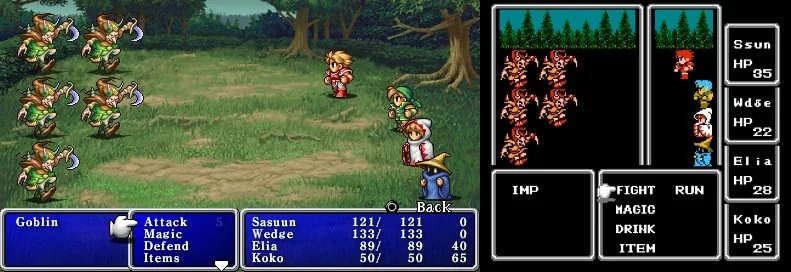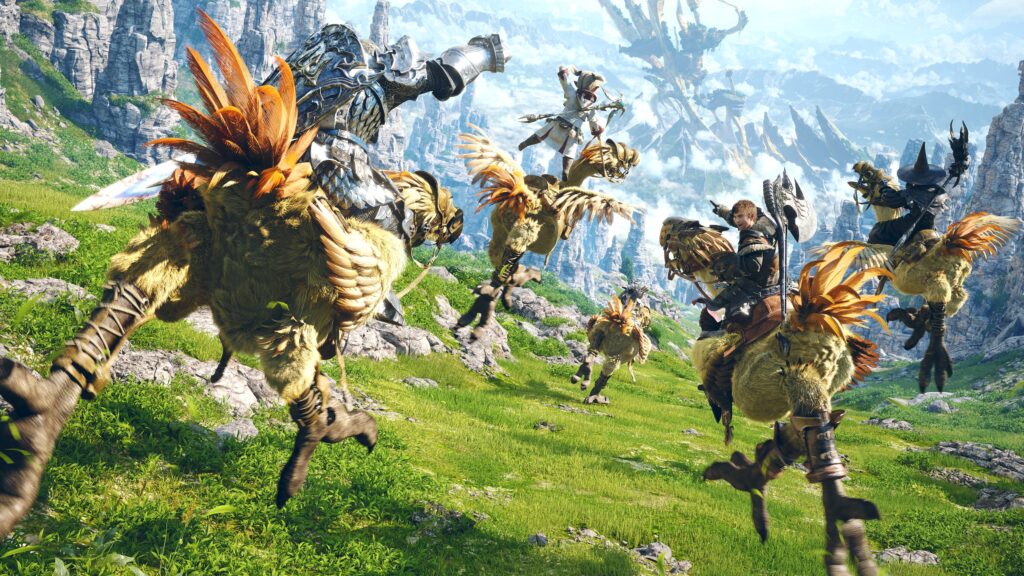The Final Fantasy series has come a long way since its humble beginnings in 1987. What started as a last-ditch effort by a struggling game developer quickly blossomed into one of gaming’s most iconic franchises, thanks to its commitment to pushing the boundaries of storytelling, strategy, and fantasy. Each Final Fantasy game brings its unique magic, evolving with the times while staying true to its roots, creating a legacy that has captivated players for over three decades.
In its early years, Final Fantasy introduced players to a turn-based combat system that encouraged thoughtful, tactical planning. Each move counted, and players had to carefully select characters and consider their strengths and weaknesses. The job system, which debuted in Final Fantasy III, brought in exciting customization options, letting players experiment with a variety of combat roles. With this added layer of strategy, the series began to distinguish itself from other RPGs, setting the stage for greater innovation.
As gaming consoles advanced, so too did the storytelling in Final Fantasy. When Final Fantasy IV came out, the series took on a new narrative depth, focusing on individual characters with their own unique personalities and backstories. This game also introduced the Active Time Battle (ATB) system, which added a sense of urgency to battles as players had to make decisions in real-time. By the time Final Fantasy VI arrived, the series was delving into darker themes and complex character arcs, showing players the true potential of games as a storytelling medium.
Final Fantasy VII marked a turning point not only for the series but for RPGs as a whole. Released on the original PlayStation, it introduced players to a cinematic world with 3D graphics and powerful cutscenes that brought the story to life like never before. The Materia system provided endless customization possibilities, letting players craft unique builds for their characters. Its unforgettable storyline, set in the dystopian city of Midgar, captured players’ imaginations and left an indelible mark on gaming culture.
As the series grew, each new entry experimented with gameplay mechanics. Final Fantasy VIII’s Junction system offered unparalleled character customization, while Final Fantasy IX balanced nostalgic callbacks with refined gameplay. Then came Final Fantasy X, which departed from the series’ established systems by introducing Conditional Turn-Based Battle (CTB). This system paused the action, allowing players to take their time with each decision and adding a level of strategic planning not seen in previous entries.
The world of Final Fantasy became even more dynamic with Final Fantasy XII, which introduced the Gambit system—a system that allowed players to program their party’s behaviors based on specific conditions. This installment’s open-world design echoed the structure of an MMORPG, blending real-time action with strategic elements and paving the way for new forms of gameplay that kept players engaged for hours.
By the time Final Fantasy XIII arrived, the series leaned further into fast-paced, cinematic combat with its Paradigm Shift system, allowing players to change character roles on the fly. However, Final Fantasy XV took an even bolder step into the realm of real-time action, transforming battles into an adrenaline-fueled experience and giving players direct control over Noctis. Its open-world design encouraged exploration and immersion, inviting players to lose themselves in its vast, lifelike environments.
The series’ two MMORPG entries, Final Fantasy XI and Final Fantasy XIV, opened up the Final Fantasy universe to online multiplayer, where players could experience the rich storytelling and lore with others. Final Fantasy XIV, in particular, has achieved widespread success, building a thriving global community around its persistent world and creating an environment where players feel genuinely connected to each other and the story.
Today, Final Fantasy XVI carries forward the series’ tradition of innovation by fully embracing action-based gameplay. This latest installment features real-time combat, combo-driven mechanics, and skill trees that modernize the franchise while staying true to its legacy of rich storytelling and character development. It also brings a darker, medieval-inspired narrative that appeals to both long-time fans and new players, showing how Final Fantasy continues to evolve without losing sight of its origins.
From its early, turn-based beginnings to the dynamic, real-time action of today, Final Fantasy has redefined what RPGs can be. Each installment builds on the past while exploring new gameplay ideas, and every game captures a sense of discovery and wonder that has become the hallmark of the series. The enduring popularity of Final Fantasy speaks to the power of its world, characters, and stories to enchant generations of players.
If you’re a fan of Final Fantasy or want to connect with other enthusiasts, be sure to check out the Final Fantasy group on Absurd.link!





